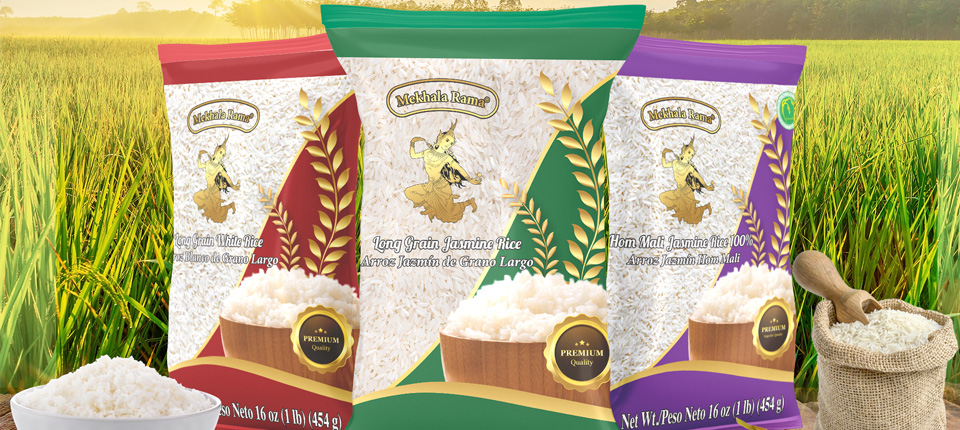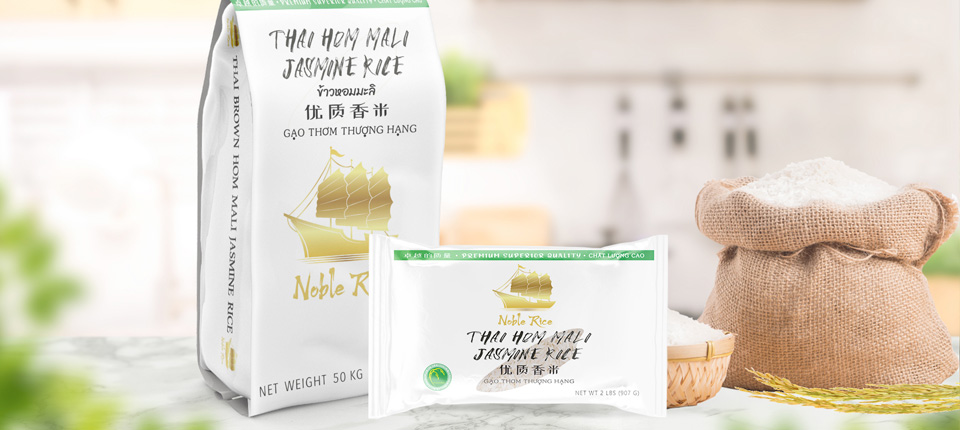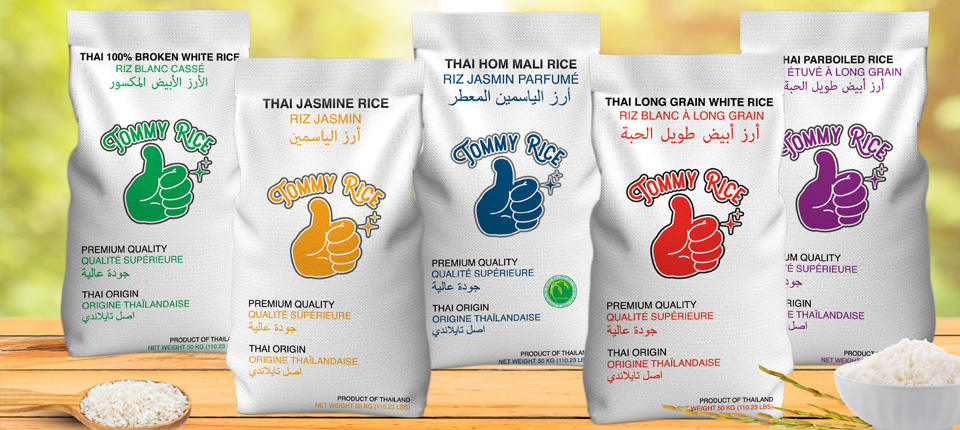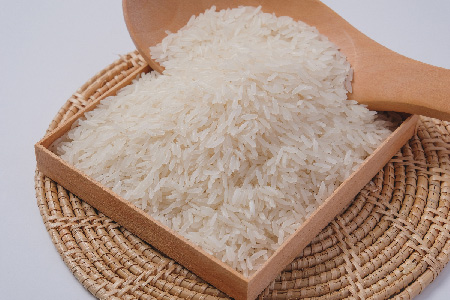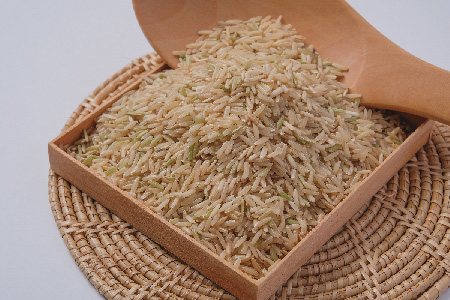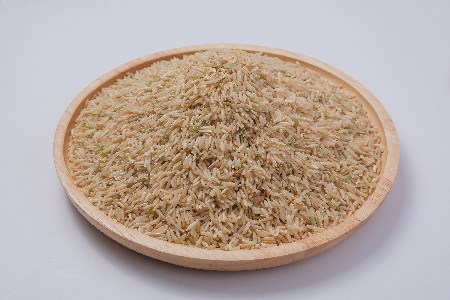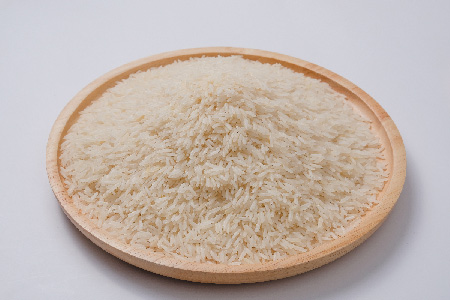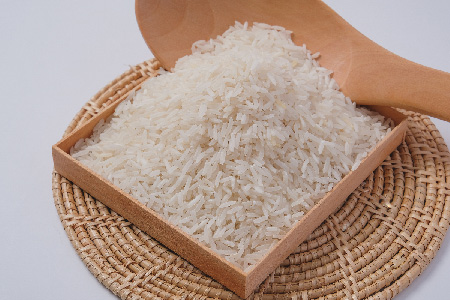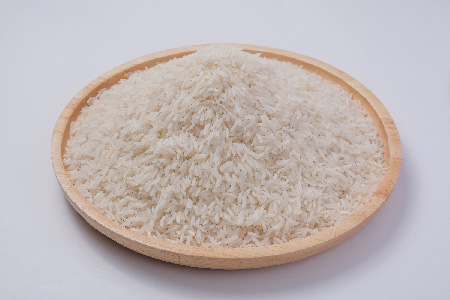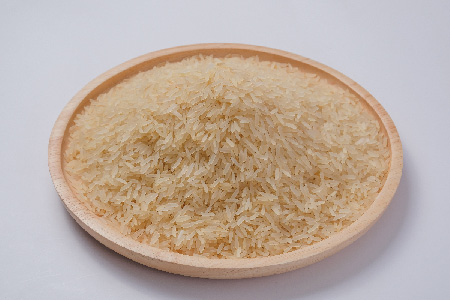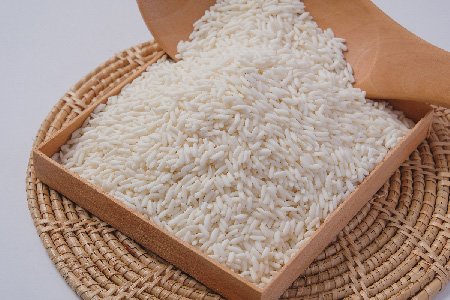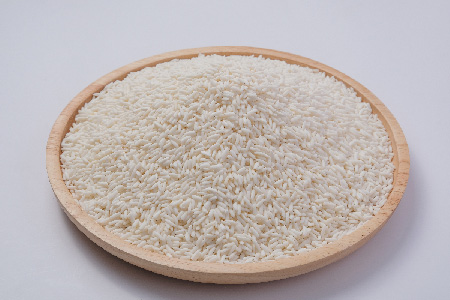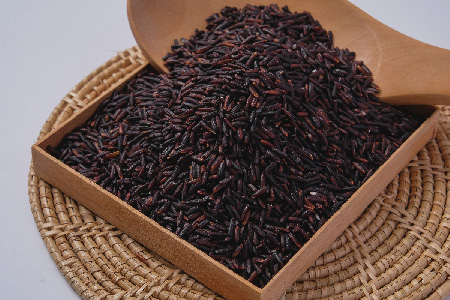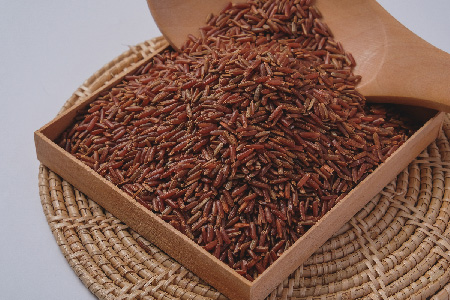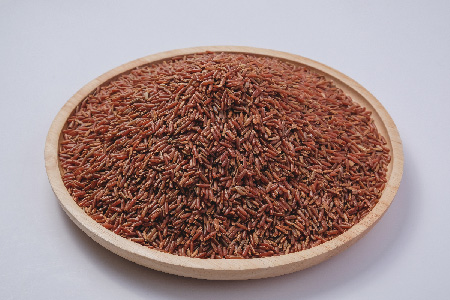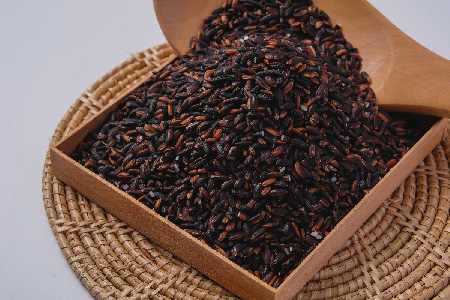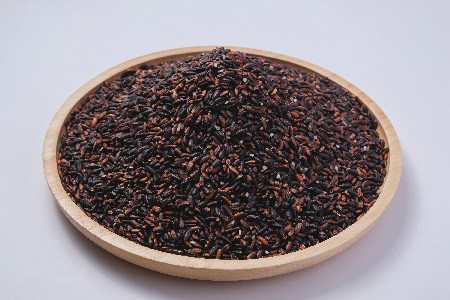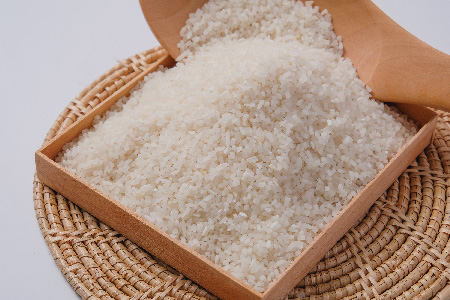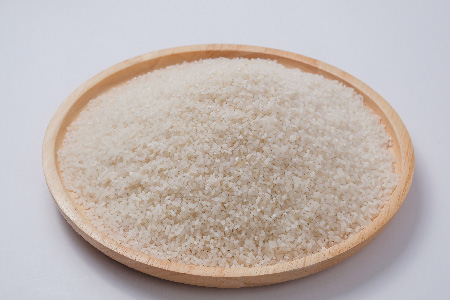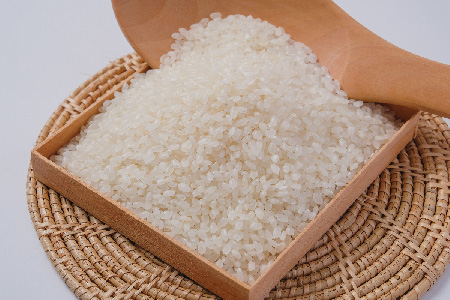Rice
Thai Rice Products
1) Hom Mali
a. Hom Mali Jasmine Rice is the premier breed of Jasmine Rice. It has a strong floral aroma and a long lasting sticky soft texture. Hom Mali can be identified by its long and slender kernels. Grown and annually harvested in Thailand’s nutrient rich Northeastern provinces, Hom Mali is the pride of Thai farmers. The green seal by the Thai government certifies this product’s authenticity and origin. We source our Hom Mali from the most nutrient rich geographic locations in Thailand to ensure best taste, texture, and smell.
2) Brown Hom Mali
a. Brown Hom Mali Jasmine Rice is a whole grain produced by removing the hull from the paddy. It maintans the renowed floral aroma of Hom Mali but preserves the bran layer which gives the cooked rice nutty taste notes. Health benefits of brown rice include high fiber, high protein and is an excellent source of Vitamin B and Iron. Brown Hom Mali Jasmine carries the Thai Government’s seal of origin and purity.
3) Jasmine Fragrant Rice (PathumThani)
a. Jasmine rice is world famous for its rich floral aroma and sweet and soft texture. This breed of Jasmine rice is not an annual crop and is an undeniable staple for every kitchen. After cooked, if let to cool, this rice will harden up a little for those that prefer a firmer texture.
4) White Rice
a. For centuries, rice has been a staple in many diets for over half the world’s population. It has very high nutritional and health benefits that cannot be so easily replaced by any other grain in the world. Over the years, there have been many new species and varieties of rice developed in the global arena. However, Thai long grain white rice has stood the test of time and still, today, remains one of the most consumed species of rice. It is cultivated in the water abundant central region of Thailand.
5) Parboiled Rice
a. Parboiled rice or converted rice has been consumed for centuries before the age of industrialization and modern technology as the parboiling process makes the hull easier to remove by hand. Parboiled rice is produced by soaking paddy in water, then steaming the paddy which helps kill unwanted bacteria and microbes before drying and milling. The yellow or amber hue of the rice is a direct result of the pigment of the hull and bran being absorbed into the grain itself.
6) White Glutinous Rice
a. Glutinous rice or sticky rice is one of the hallmarks of Thai cooking. This strain is commonly called Kiaw Ngu in the local market. Easily identifiable by its milky grain texture, this grain can be used in both conventional meals as well as desserts. It finds its roots in the North and Northeast of Thailand where the locals prefer sticky rice over the popular long grain white rice. A favorite of tourists in Thailand is mango sticky rice. Our sourcing emphasizes whole grains and sourcing from the north of Thailand. The soil’s special attributes and high-altitudelocation make for a longer lasting stickiness. This variety is harvested once per year.
b. Sanpatong glutinous rice or sweet rice is found only in Thailand’s Northern province, Chiang Mai. It makes an excellent choice for a wide variety of dishes ranging from accompaniments to proteins or desserts. Sanpatong glutinous rice is identifiable by its distinctively long and white gains. This strain is harvested twice per year.
7) Riceberry Rice
a. Riceberry, concieved in 2002 by cross breeding Jao Hom Nin rice with Hom Mali Jasmine rice is identifiable by its deep purple hue. This rice retains the bran layer and has rapidly become one of the most popular whole grains from Thailand. It is loaded with antioxidants and when cooked becomes tender and aromatic.
8) Red Jasmine Rice
a. The major nutrient in Red Rice is anthocyanin, a health promoting compound. This is what causes the rice to have a red hue. The abundant antioxidant and fiber content, aids digestion and lessens the risk of diabetes, heart disease, and cancer. It is also in the family of Jasmine rice and is harvested once per year.
9) Black Glutinous Rice
a. Black glutinous rice or black sweet rice shares many of the same characteristics as white sweet rice. However, it has a slightly more armotatic scent and earthier flavor notes. It is a great substitute for sweet white rice in both desserts and meal pairings.
10) Broken Rice
a. Broken rice has a wide variety of applications suitable for consumer tastes making it a very versatile product. Cooking methods are same as 100% unbroken rice however, cost is significantly lower. Taste also retains the same quality and satisfaction. Brokens are commonly used for porridge and as a binder for processed foods. We offer both white rice 100% broken variety and jasmine rice 100% broken.
11) Japonica Rice
a. Thai origin Japonica or sushi rice is grown in an area known as the golden triangle. Chiang Rai, a northern mountainous province of Thailand bordering Laos and Myanmar, is major producer of Japanese rice because of its cooler climate and high altitude farming in the mountains. This short grain rice is soft and sticky texture when cooked. It is good for making sushi and general Japanese cuisine.
Packaging Capabilities:
|
Our House Brands:
- Mekhala Rama
- Noble Rice
Terms of Trade:
Quality:
As per Thai Rice Standard of Government of Thailand OR as requested
Origin:
Thailand
Inspection and Fumigation:
By an international inspection or surveryor company such as SGS, BV, Cotecna, Intertek or ETC.
Documents accompanying the shipment include:
- Original Bill of Lading
- Certificate of Origin issued by the Thai Chamber of Commerce Thailand
- Phytosanitary Certificate certified by the Department of Agriculture Thailand
- Certificate of Fumigation, Analysis and Quality certified by 3rd Party Agency
- Official Invoice issued by our company
- Packing List issued by our company
- Any additional certification will incur additional charges
Remarks:
Packaging details such as artwork design/ expiry date/ price tag/ barcodes etc. can be done in house by our company

